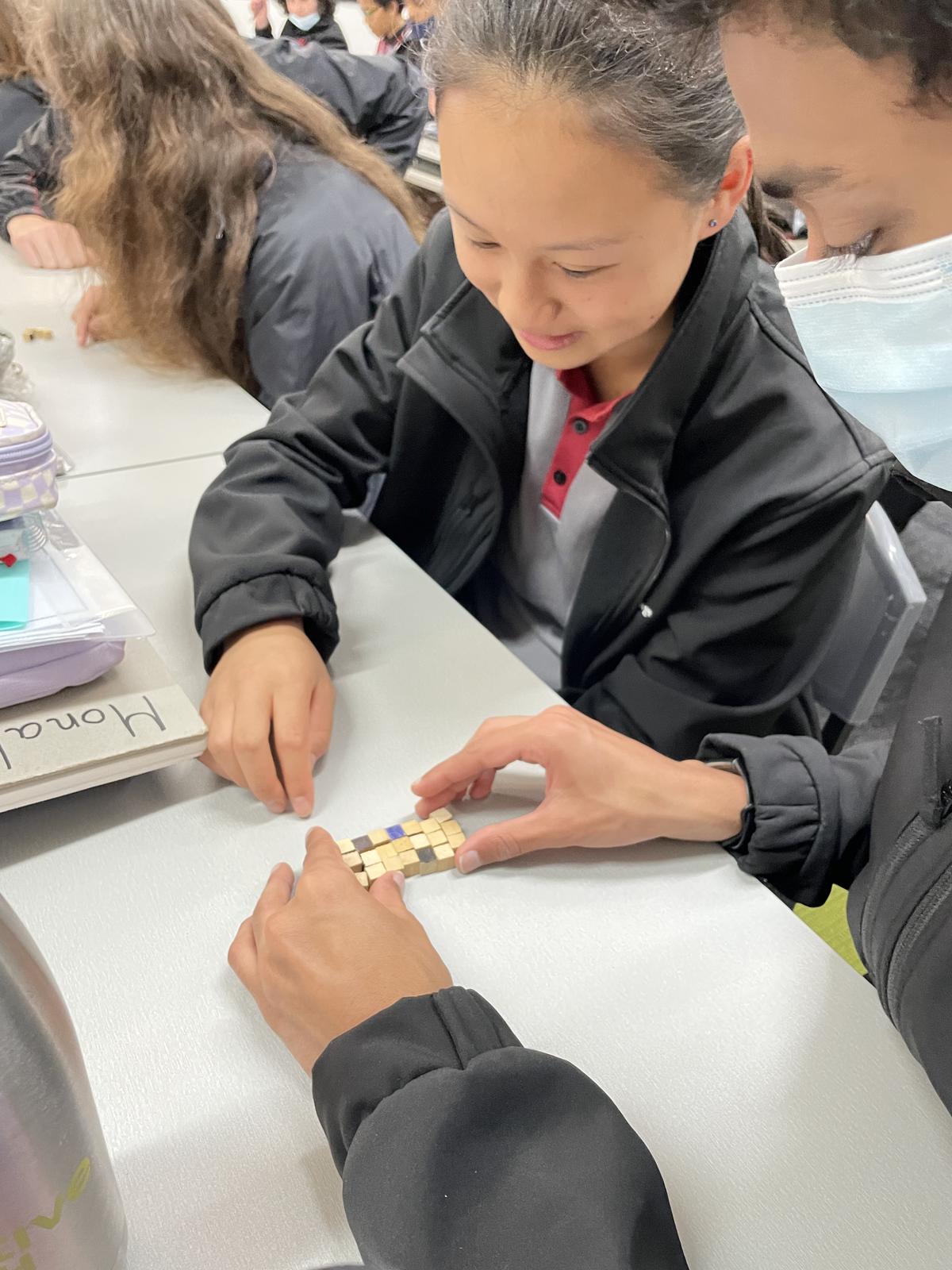Mathematics @ GEC

What a wonderful year we had in Maths this year with the introduction of Maths lab in Year 7 and Year 8 classes! It was an amazing learning experience for both teachers and students. Teachers were always excited to hear the Maths conversations happening in classes. Here is a write-up by 7B student Nicolas Sujana on the recent Maths lab activity they did in class.
Nim Game:
On 23rd November 2022, team 7B explored the quirks of the Nim Game. The game was named after an archaic English word meaning to steal or take away.
The Nim Game is a game where you and your opponent take turns in taking away from a group of marbles, or any other object. In most variants of the game, you do not want to be the person who takes the final marble.
Suppose you are playing a game where there are nineteen marbles in front of you. For each turn, you can take one, two, or three marbles. You and your opponent alternate turns. The player who takes the final marble loses.
Would you prefer to go first or second?
What strategy/strategies would you use to win?
Explain.
Did you want to go first? Good choice.
Here’s the short answer: Whoever’s turn it is when the number of marbles is equal to a multiple of four, plus one, loses. Why?
To solve this problem, the method of choice would be to work backwards.
Let’s start with the scenario where there is just one marble left. Whoever’s turn it is loses because they must take the final marble. In order to get to this point, there had to have been either two, three, or four marbles left. Whoever’s turn it is at that point in the game, will win.
Final turn: 1 marble (If it is your turn, you have lost)
Second to last turn: 2, 3, or 4 marbles (If it is your turn, you will win)
Okay, now consider another scenario. There are five marbles left. The player who must play their turn at this point is doomed. This is because they are forced to get their opponent where there are two, three, or four marbles left.
Final turn: 1 marble (They have lost)
Second to last turn: 2, 3, or 4 marbles (Your opponent is forced to get you here)
Third to last turn: 5 marbles (They are doomed)
From here, we can actually continue this pattern all the way to nineteen.
As mentioned earlier, there are variants of the Nim Game. Suppose there are four rows of marbles, a row of one marble, three marbles, five marbles, and seven marbles. Each turn, you may take as many marbles as you like, however, all of the marbles you take must be in the same row. You do not want to take the final marble.
Would you prefer to go first or second?
What strategy/strategies would you use to win?
Nicholas Sujana 7B
Well done Nicholas! What a great explanation!
Thank you all for your support and wishing you all a happy holidays and a happy new year 2023!
Arivu Kumaran
Maths Learning Area Leader






